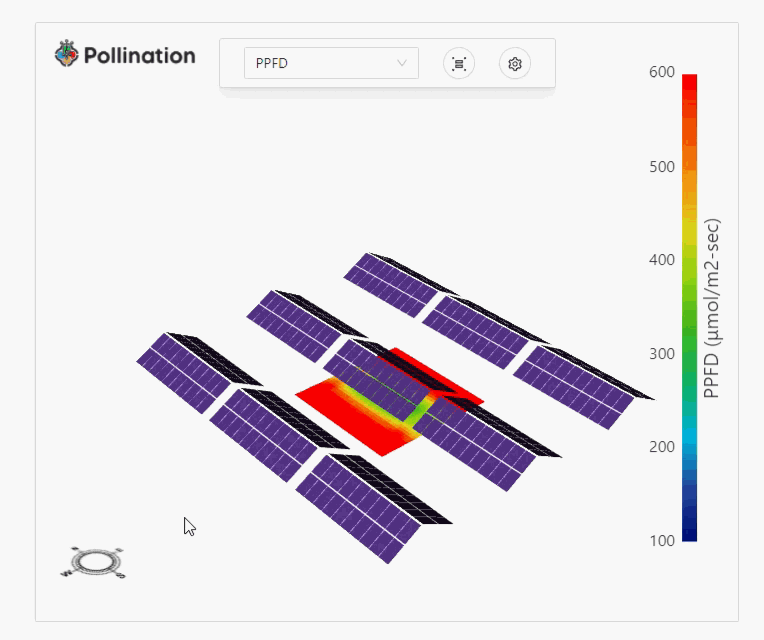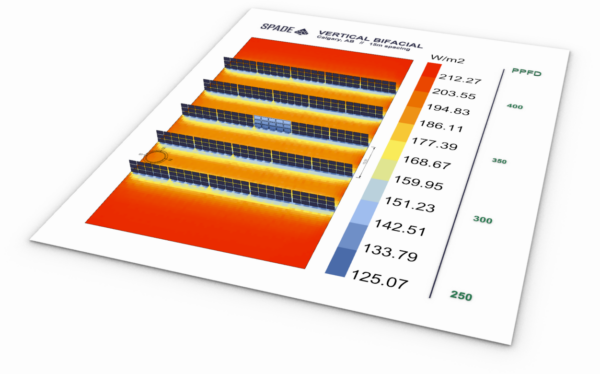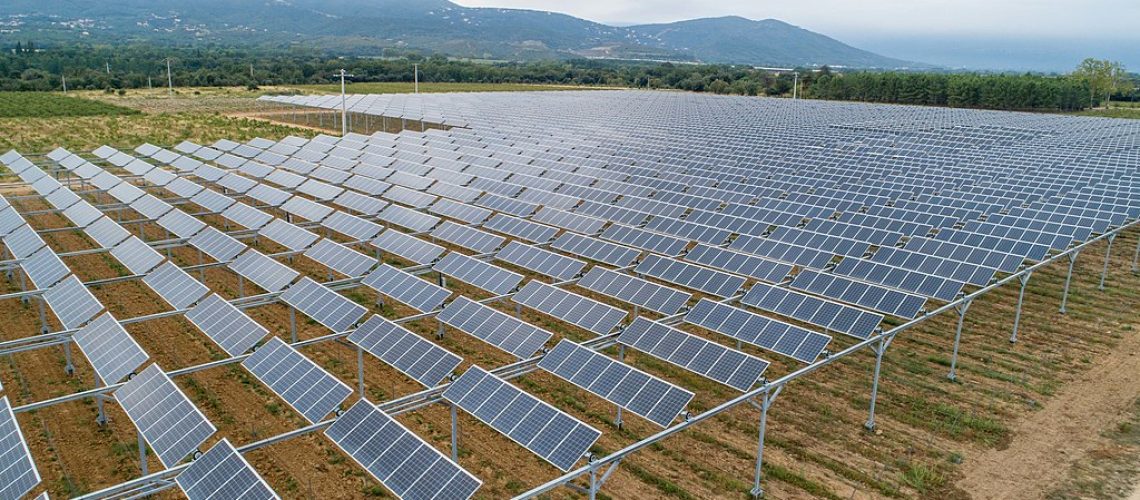Solar developer and federal grant recipient Sandbox Solar has released a beta version of its agrivoltaic power plant software modeling tool that aids in the design and optimization of solar panels and the crops underneath.
Agrivoltaics, the integration of food production and solar energy on the same land, is an emerging technology that makes better use of limited land and soil resources. Because the industry is young, there’s not yet a snappy web-based application like Aurora or Helioscope to help a solar developer quickly lay out a design, taking into account the crops underneath.
Sandbox Solar, a solar contractor, has been developing such a tool, called Spade. Spade aims to help solar developers determine the best crop types and solar panel layouts for their projects. The tool made it into the fifth and final round of the Department of Energy’s “American Made” solar innovation program.
Spade’s early Beta Version is available now, and it has already been used in developing solar power projects paired with potatoes, hemp, hops and some other high attention crops.
The software generates several key numerical outputs: irradiance, as well as photosynthetically active radiation (PAR) and average photosynthetic photon flux density (PPFD), two types of light measurements that are less familiar to the solar trade.
PAR refers to the range of wavelengths that are useful for photosynthesis, while PPFD measures the density of photons within that range that reaches a specific surface area. Not all wavelengths of light are equally effective for photosynthesis; plants generally utilize blue (400 nm to 500 nm) and red (600 nm to 700 nm) light more efficiently than green (500 nm to 600 nm) light. PAR and PPFD are both crucial for understanding and optimizing light conditions for plant growth and photosynthesis.

The information is displayed both visually via charts, and numerically, as watts per square meter and PAR/PPFD values. Again, PAR is the quantity of useful light that will reach the plants growing among the solar panels. Most agrivoltaic-compatible crops actually benefit from the reduced irradiance offered by the shade of solar panels.
Spade’s team told us that the fundamental approach to optimizing agrivoltaic projects involves addressing the three C’s: configuration, climate and crops. By carefully considering these factors, a developer can refine their strategies by spacing out and elevating solar panels to maximize land use, ensuring the best possible balance between energy generation and agriculture.
The graphic below captures Spade designer Tom Hickey’s changing inputs on solar designs, which then outputs various potential outcomes of solar designs that meet project requirements.

Hickey has been with Sandbox for over five years, and is currently working part-time with the National Renewable Energy Laboratory. He uses Spade directly in design work for customers and Sandbox’s agrivoltaic projects.
“Spade has revolutionized what I have been able to do in-house,” said Hickey.
In a conversation with pv magazine USA, Alexis Pascaris, a lead in the development of the Spade software, pointed out the Massachusetts agrivoltaic program and the unique incentives found in the state’s SMART solar program. With Hickey and Pascaris running the processes, Spade has collaborated with developers as a subcontracted professional who liaises with the Department of Agriculture to move projects through the SMART application process. Pascaris suggested that Spade’s shade analysis tools are more accurate than the tools Massachusetts currently mandates.

Ian Skor, founder of Sandbox Solar, believes that the current iteration of the tool is sufficiently robust to meet the immediate needs of both the company and its consulting clients. However, he acknowledges that there is room for growth in developing the software’s frontend to facilitate improved online interactions and refine its overall functionality.
Alexis said the company is developing a budget for bringing Spade to the next level, so they can begin a request for investment proposals sometime in 2023.
At this moment, the team doesn’t have any fully installed projects that were developed with Spade; however, several Spade-designed projects are scheduled to begin construction soon, including an in-house vertical bifacial project.



